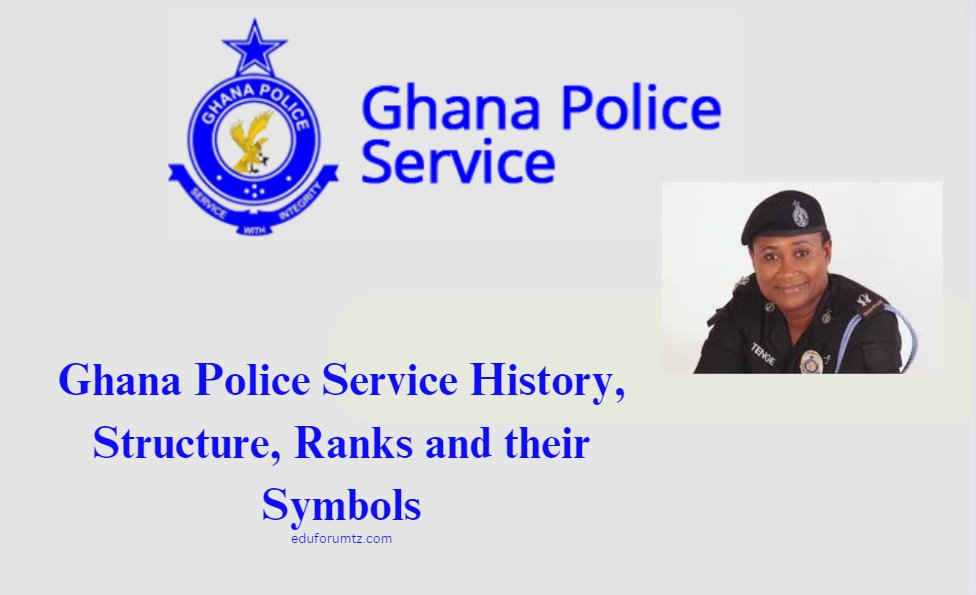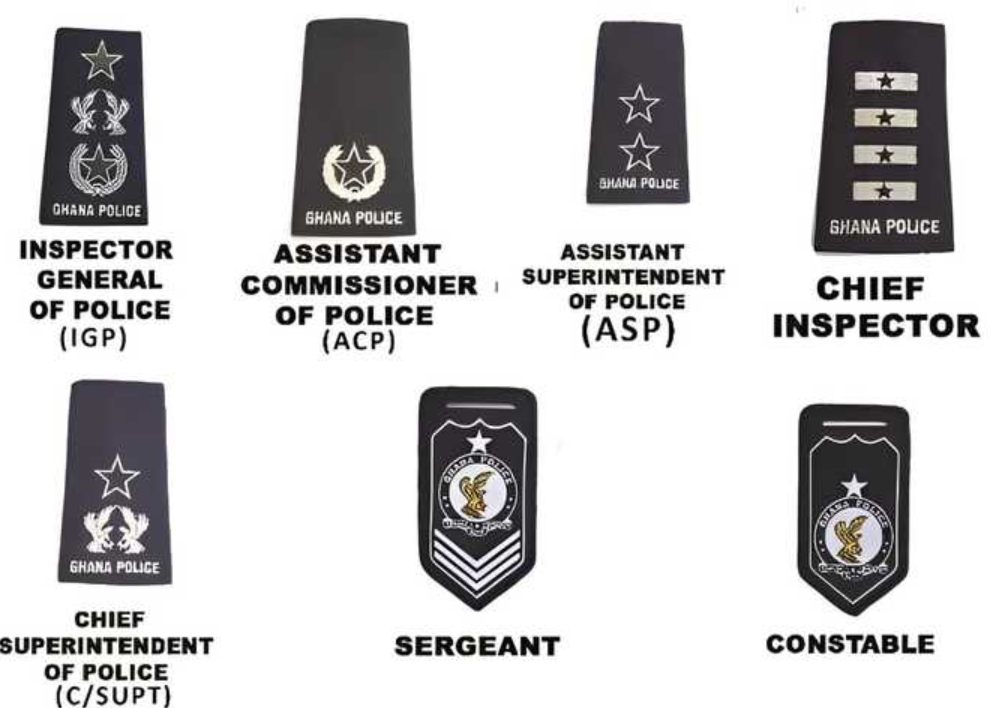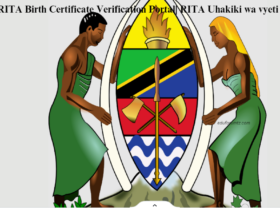Ghana Police Service History, Structure, Ranks and their Symbols; The Ghana Police Service plays a crucial role in maintaining law and order within the country. With a well-defined structure, the service has various ranks that help ensure smooth operations and clear command. Understanding these ranks and their symbols is essential for anyone interested in the workings of this important institution in Ghana.
In 2024, the hierarchy of the Ghana Police Service includes ranks such as Inspector General of Police, Deputy Inspector General, and others, each with specific responsibilities and symbols denoting their authority. This structured approach not only streamlines operations but also helps the public recognize the different levels of officers they may encounter.
For those aspiring to join the Ghana Police Service or simply looking to learn more, the details on these ranks and their symbols provide valuable insights into the organization and its functions. Readers will find that this knowledge enhances their understanding of law enforcement in Ghana.





Leave a Reply